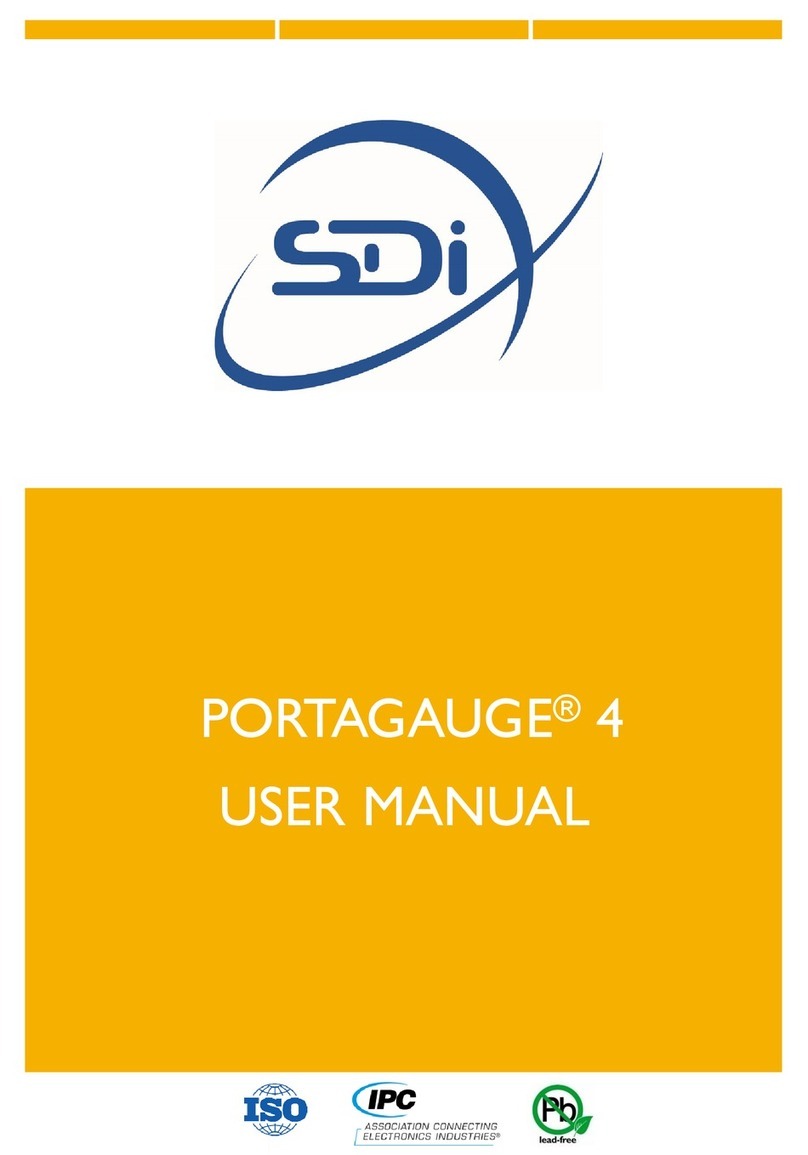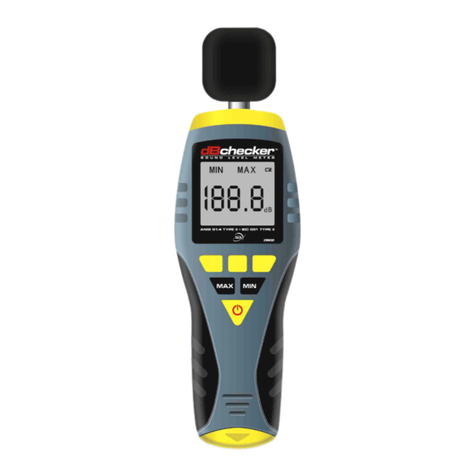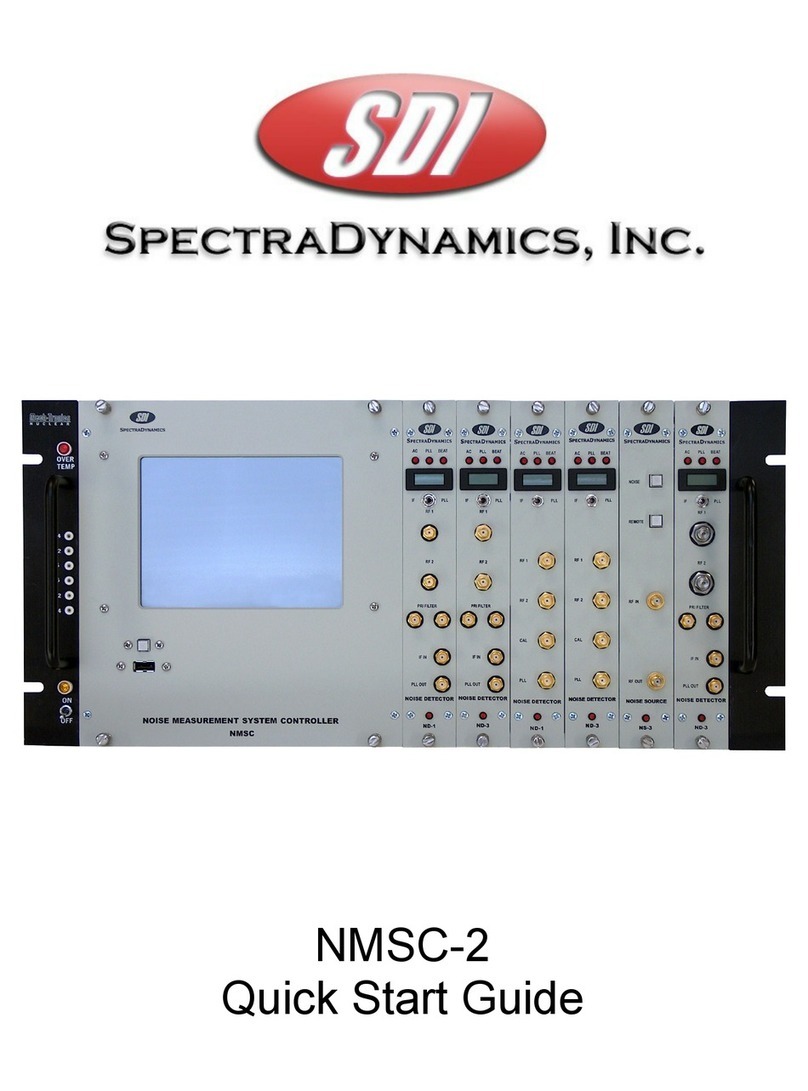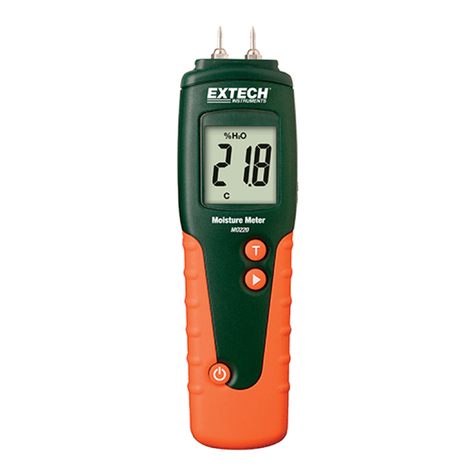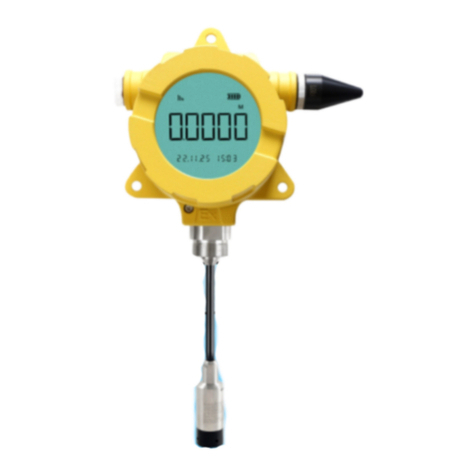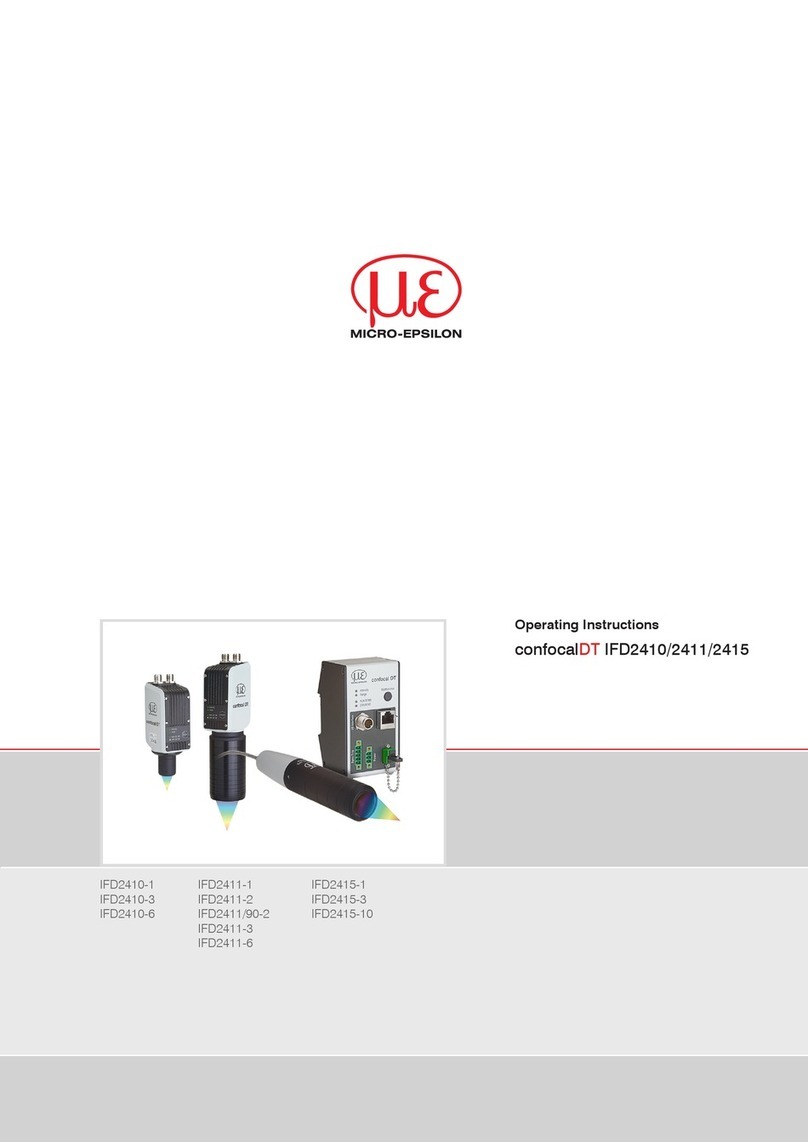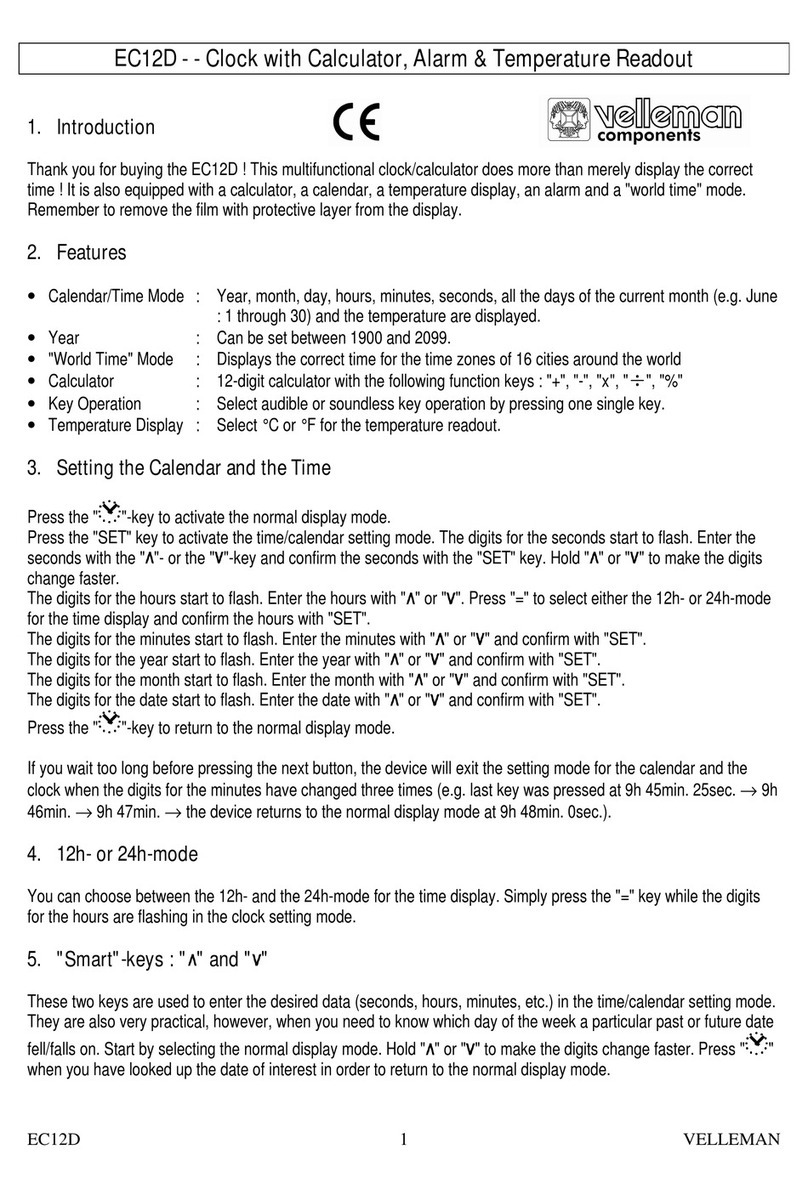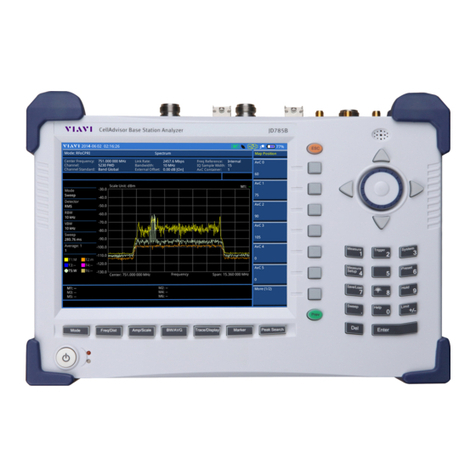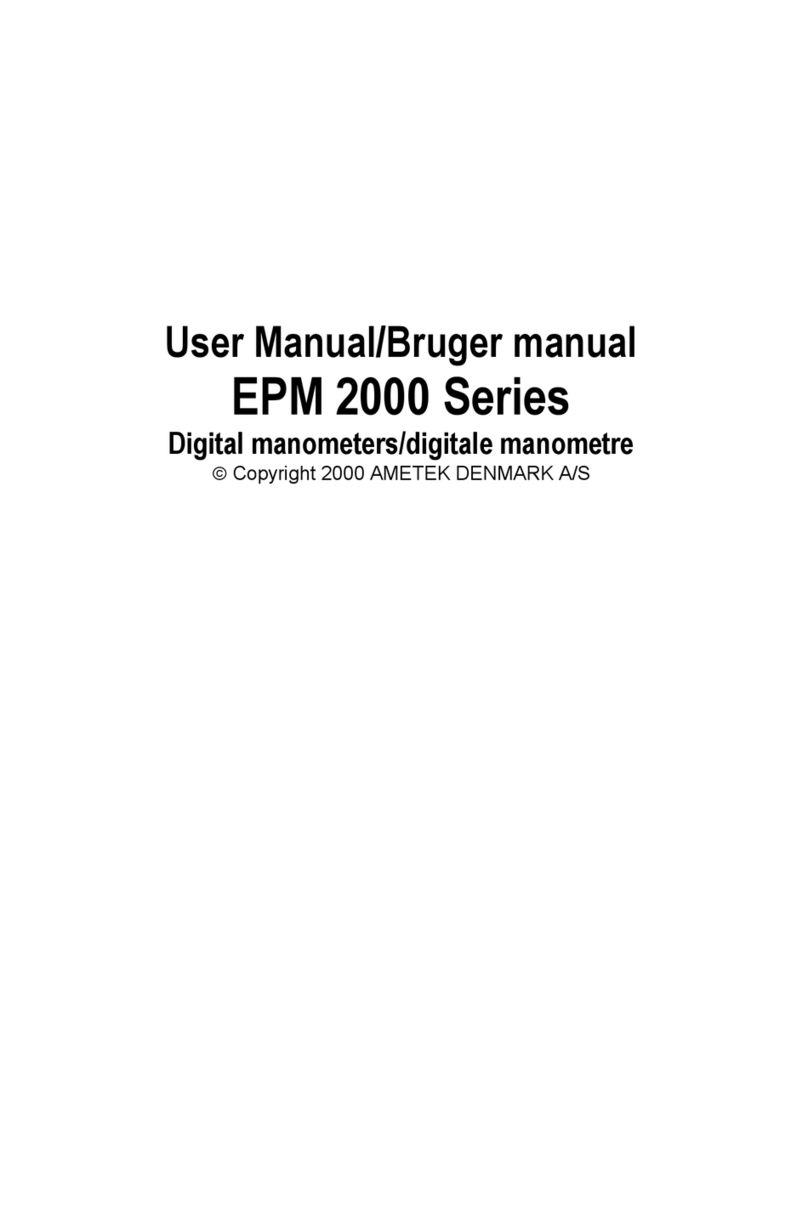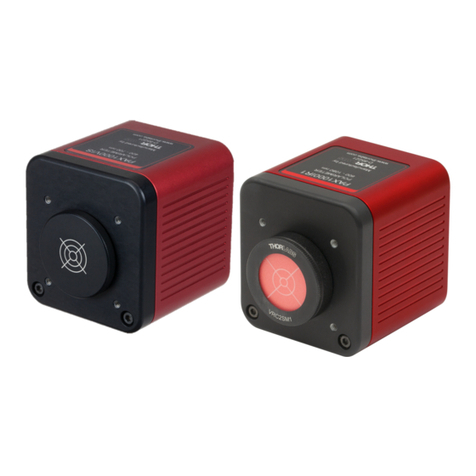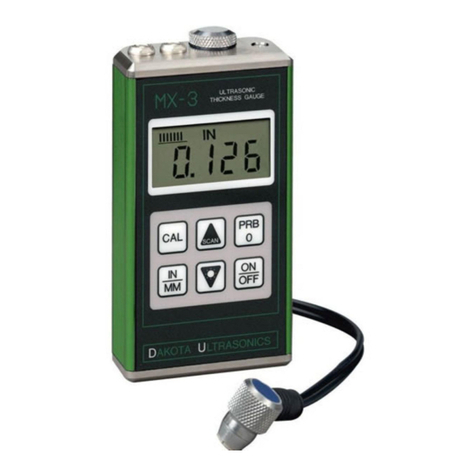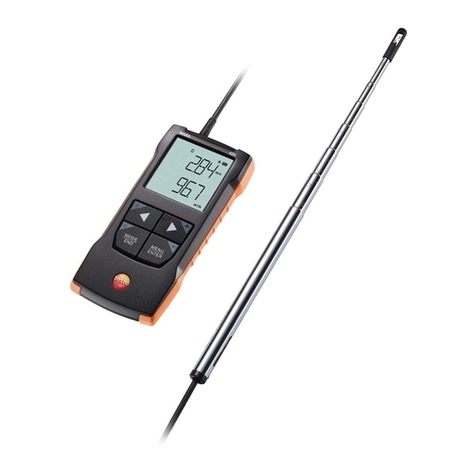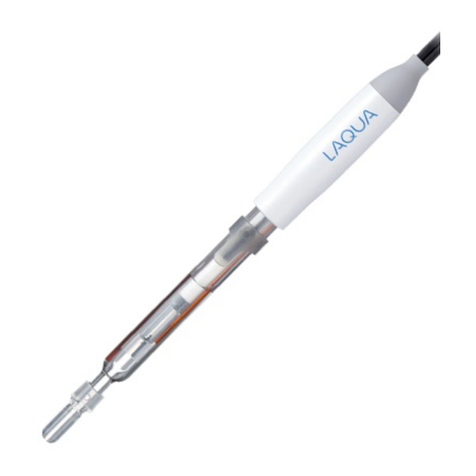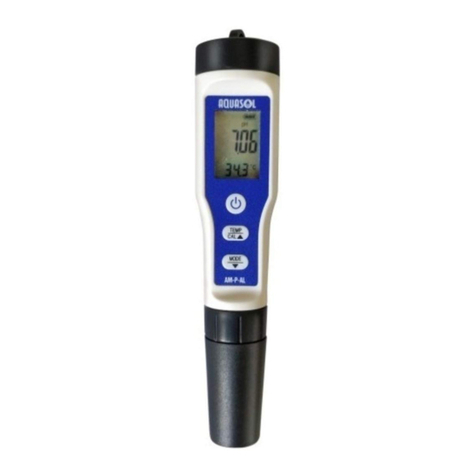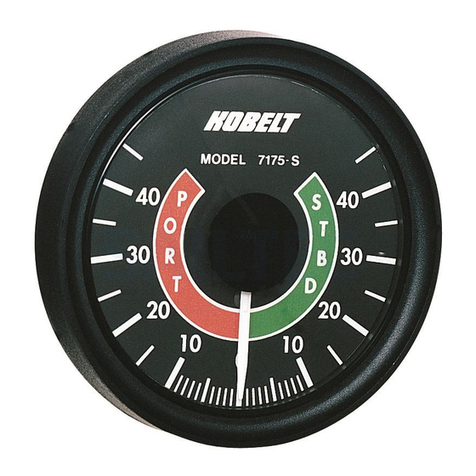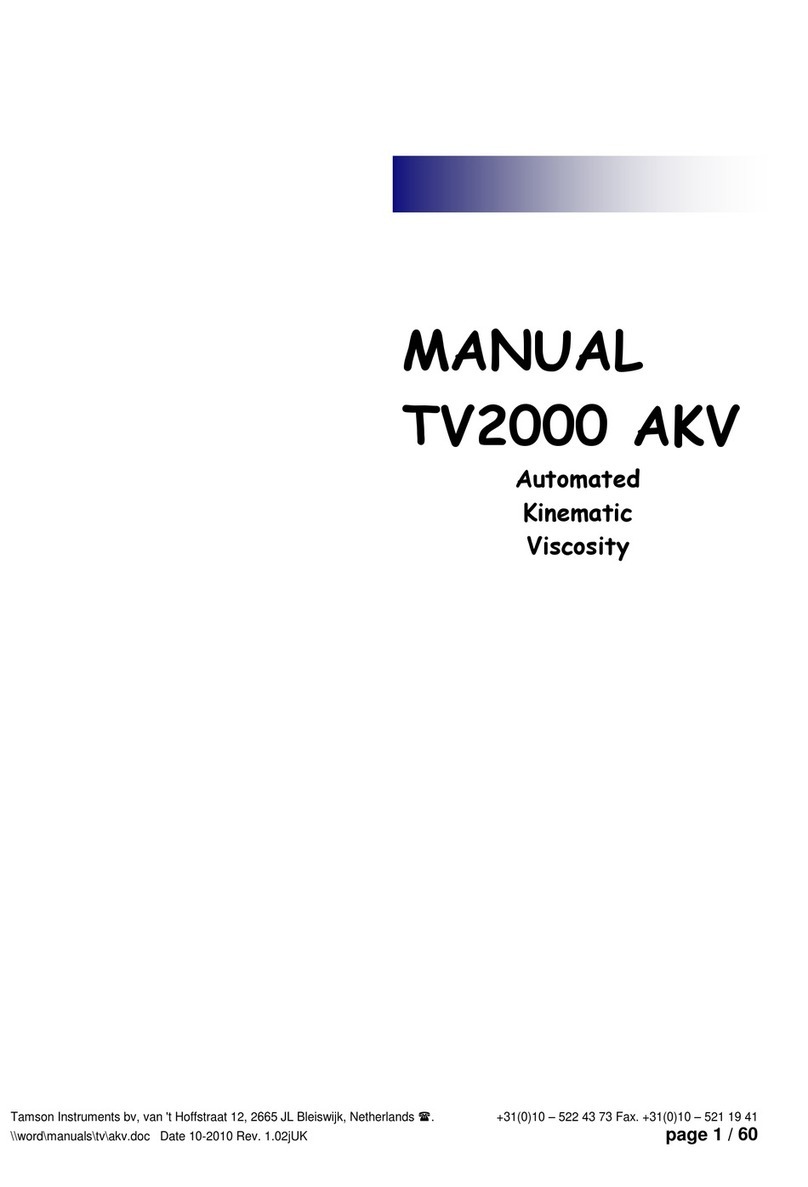SDI DB01 User manual

C O N T E N T S
TITLE PAGE
I. Safety Information………………………….1
II. General Description.…………………… 1-2
III. Specifications……………..………………2-3
IV. Controls………………………………..….4-6
V. Calibration Procedures………..………...6-7
VI. Measurement Preparation……..……….….7
VII. Operating Precautions………..………….7-8
VIII. Measurement………………………………...8

SOUND LEVEL METER
1
I. Safety Information
Read the following safety information carefully before
attempting to operate or service the meter.
Use the meter only as specified in this manual; otherwise,
the protection provided by the meter may be impaired.
®Environment Conditions
∂Altitude up to 2000 meters
•Relative humidity 90% max.
÷Operation Ambient 0 to 40℃
®Maintenance & Clearing
∂Repairs or servicing not covered in this manual should
only be performed by qualified personnel.
•Periodically wipe the case with a dry cloth. Do not use
abrasives or solvents on this instrument.
®Safety symbols
Complies with EMC
When servicing, use only specified replacement
parts.
II. General Description
To ensure that you can get the most from the Mini Sound
Level Meter, we recommend that you read and follow the
manual carefully before use.
This unit conforms to the IEC651 type2, ANSI S1.4 Type 2
for Sound Level Meters.
This Sound Level Meter has been designed to meet the
measurement requirements of safety Engineers, Health,
Industrial safety offices and sound quality control in various
environments.
οRange from 32dB to 130dB at frequencies between
31.5Hz and 8 KHz.

SOUND LEVEL METER
2
οDisplay with 0.1dB steps on a 4-digit LCD.
οTwo equivalent weighted sound pressure levels, A and C.
οAC signal output is available from standard 3.5mm
coaxial jack suitable for a frequency analyzer, level
recorder, FFT analyzer, graphic recorder , etc.
III. Specifications
Standard Applied: IEC651 Type2, ANSI S1.4 Type 2
Frequency Range: 31.5Hz to 8KHz
Measuring Level Range: 32dB to 130dB
Frequency Weighting: A/C
Microphone: 1/2 inch electret condenser
microphone
Display: LCD
Digital Display: 4 digit
Resolution: 0.1dB
Display Update: 0.5 sec.
Time Weighting:
FAST 125ms
SLOW 1 second
Level Ranges:
Lo: 32 dB to 80 dB
Med: 50 dB to 100 dB
Hi: 80 dB to 130 dB
Accuracy: ±1.5dB
(under reference conditions,
94dB@1kHz )
Dynamic Range: 50 dB
Alarm Function: “OVER” is displayed when the

SOUND LEVEL METER
3
input is more than the upper limit
of the range.
“UNDER” is displayed when the
input is less than the lower limit of
the range.
MAX/MIN Hold function: Holds readings of the maximum
and minimum value.
AC Output:
Voltage: 1 Vrms at full scale
Impedance: Approx. 100 Ohms
Electromagnetic Compatibility:
RF field 3V/m
Total accuracy specified accuracy + 0.5dB
Power Supply: One 9V batteryl
006P or IEC 6F22 or NEDA 1604.
Power Life: Approximately 70 hours
(Alkaline Battery)
Operation Temperature: 0 to 40℃( 32 to 104℉)
Operation Humidity: 10 to 90% RH
Storage Temperature: -10 to 60℃( 14 to 140℉)
Storage Humidity: 10 to 75% RH
Dimensions: 9.1” L ×2.1” W ×1.3” H
23.1 cm ×5.3 cm ×3.3 cm
Weight: .75 lbs (.34kg) ( including battery )
Accessories: 9V alkaline battery, instruction manual,
carrying case, screwdriver, and windscreen.

SOUND LEVEL METER
4
IV. Controls
○
1Windscreen
If you operate the meter in wind speeds over 10m/sec,
for best performance, please install the protective
windscreen.
○
2Display
Low battery indication
Minmum indication
Maximum indication
Over range
Fast response
Sound Level readout
Range Indicate
C-Weighting
A-Weighting
Slow response
Under range
MAX
A / C
LEVEL
FAST
SLOW
130 dB
80 dB
100 dB
Lo =
Hi =
Med= 32
80
50
IEC 651 TYPE II
MIN
CAL
OUTPUT
OPEN
TERY
NEDA 1604 6F22 006P
9V BAT
4
7
5
6
3
2
10
11
9
81

SOUND LEVEL METER
5
○
3Power Button
The ○
Ibutton turns the sound level meter ON or OFF.
○
4MAX/MIN Hold button
Press the button to enter the maximum and
minimum recording mode. Select the proper level range
before using MAX/MIN to ensure that read value will not
exceed the measurement range. Press once to select the
MAX value. Press again to select the MIN value, and
press again to select the current value. The “MAX/MIN”
indicator will blink.
MAX
MIN
Press and hold the button for two seconds to exit
the MAX/MIN mode.
Note: If the sound level or A-C weight are changed,
the MAX/MIN mode will clear.
MAX
MIN
○
5Frequency Weighting Select Button
A: A-Weighting for general sound level measurements
C: C-Weighting for checking the low-frequency content
of noise
(If the C-Weighted level is much higher than the
A-weighted level, then there is a large amount of
low-frequency noise.)
○
6Time Weighting Select Button.
FAST: for normal measurements
SLOW: for checking average level of fluctuating noise
○
7Level Range Control Button
Each time the level button is pressed, the level range
will cycle through the “Lo”, “Med”, and “Hi” levels.
○
8
Microphone
1/2 inch Electret Condenser microphone

SOUND LEVEL METER
6
○
9AC Output Terminal
1 Vrms Corresponding to each range step.
Output impedance: 100 ohms
Output signal on standard 3.5mm coaxial jack; signal
on pin (tip).
○
10 CAL Potentiometer
Calibration control for level calibration adjustment.
○
11 Battery Cover
Signal Ground
V. Measurement Preparation
(1) Battery Loading
Remove the battery cover on the back and install one
9V Battery.
(2) Battery Replacement
When the battery voltage drops below that required for
reliable operation, the low battery symbol will
appear, indicating it is time to replace the battery.
VI. Operating Precautions
(1) Wind blowing across the microphone induces a
significant amount of extraneous noise. When using
the instrument in the presence of wind, install the
windscreen to eliminate the pick up of undesired
signals.
(2) Calibrate the instrument before operation if the instrument
has not been used for a long period of time.

SOUND LEVEL METER
7
(3) Do not store or operate the instrument in high temperature
and high humidity environments.
(4) Keep the microphone dry and avoid severe vibration.
(5) Remove the battery from the instrument, and store in a
low humidity environment when not in use.
VII. Measurement
(1) Open the battery cover and install a 9V battery in the
battery compartment.
(2) Turn power ON and select the desired response time
and weighting. If the sound source consists of short
bursts, or the meter is only catching sound peaks, set
response to FAST. To measure average sound levels,
use the SLOW setting.
Select A-weighting for general noise sound level and
C-weighting for measuring sounds with high low
frequency content.
(3) Select desired level.
(4) Hold the instrument comfortably in your hand and point
the microphone at the suspected noise source. Read the
sound pressure level from the display.
(5) When MAX/MIN (maximum/minimum hold) mode is
chosen, the instrument captures and holds the maximum
and minimum noise level values indefinitely. The MAX/MIN
function operates on all settings, regardless of the
response time, weighting, or range.
Press the MAX/MIN button for two seconds to clear the
MAX/MIN reading. The “MAX/MIN ” symbol will disappear.
(6) Turn OFF the instrument and remove the battery when
not is use.
Table of contents
Other SDI Measuring Instrument manuals
